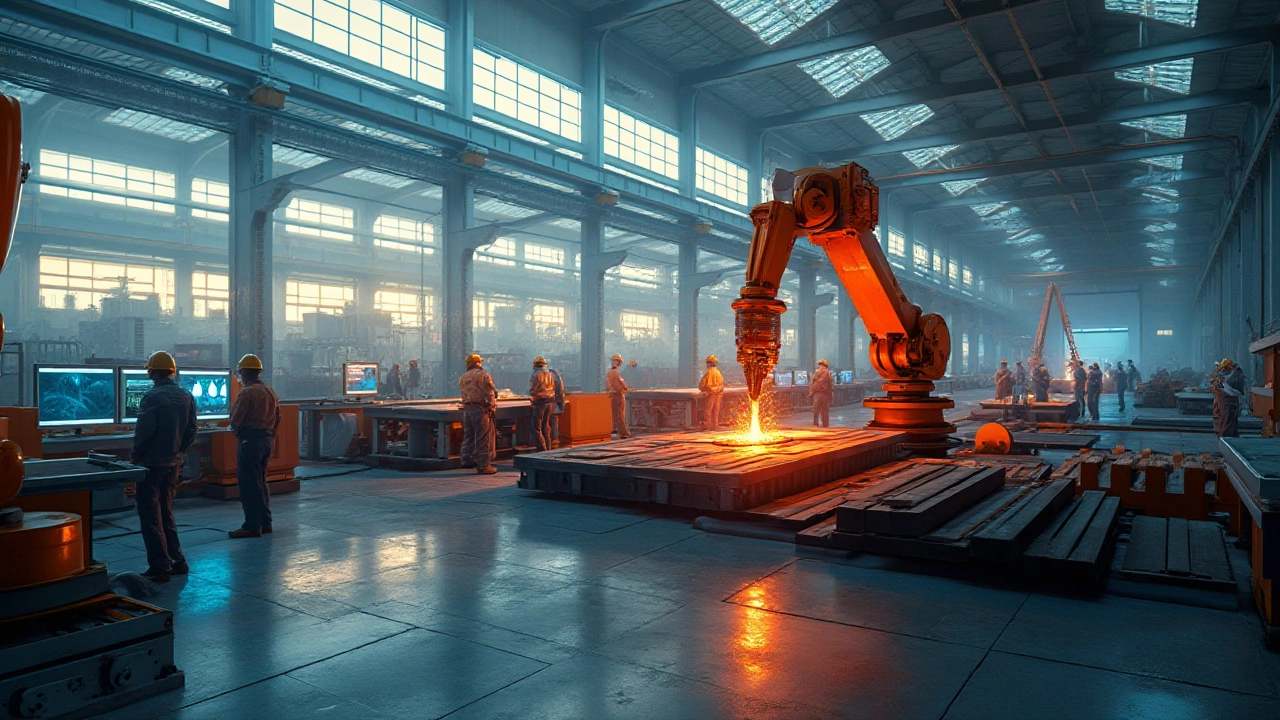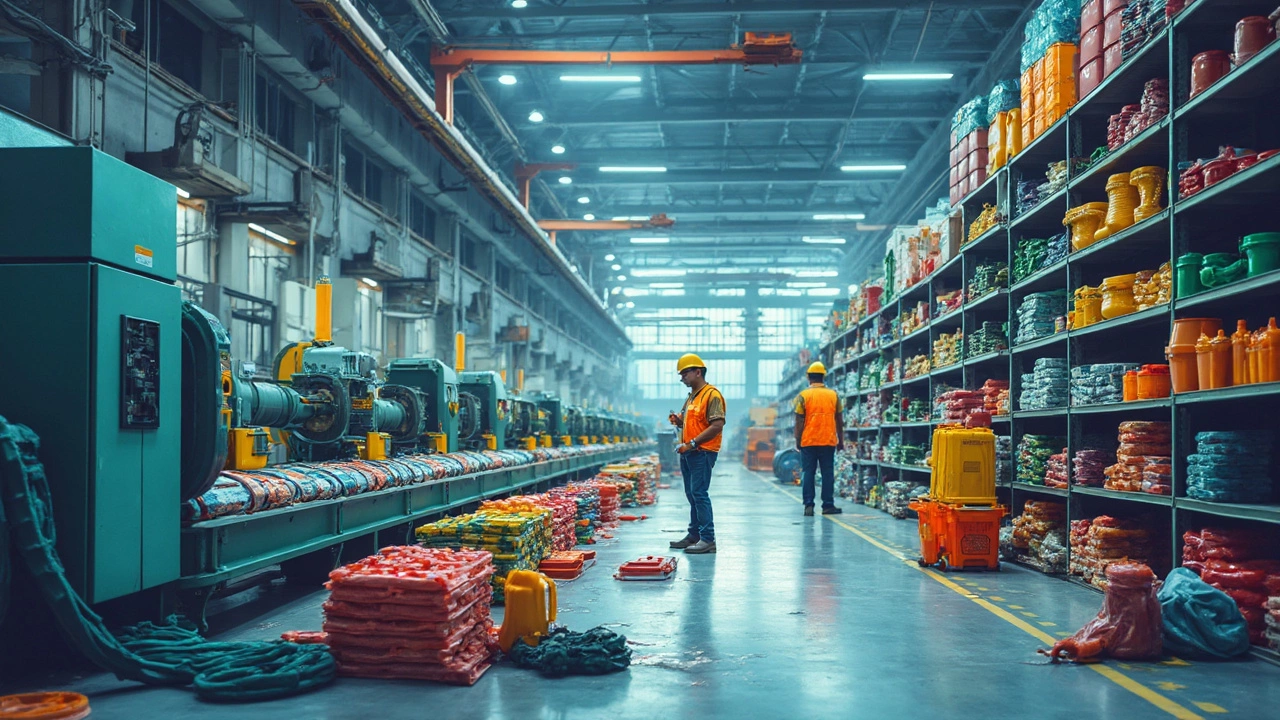U.S. steel production
When talking about U.S. steel production, the full cycle of extracting iron, refining it into steel, and shaping it into products across the United States. Also known as American steel industry, it fuels everything from skyscrapers to kitchen appliances. In 2023 the sector churned out roughly 80 million metric tons, making the U.S. the world’s second‑largest steel producer after China. The output is split between integrated mills that melt iron ore and electric‑arc furnaces that recycle scrap. Key regions include the Midwest’s “Steel Belt,” the Gulf Coast’s modern facilities, and emerging hubs in the Pacific Northwest. Understanding how this massive network operates helps you see why steel stays at the heart of the nation’s economy.
Key factors shaping U.S. steel production
The backbone of any steel operation is iron ore mining, the extraction of mineral deposits that provide the raw iron needed for steelmaking. Major mines in Minnesota’s Iron Range and Michigan’s Upper Peninsula feed the integrated mills with high‑grade ore, while imported cargoes supplement domestic shortfalls. Once the ore reaches a steel mill, it undergoes blast‑furnace smelting or electric‑arc melting to produce liquid steel. These mills are the production workhorses, employing advanced automation, continuous casting, and precision rolling to meet tight tolerances. But steel isn’t just about factories; it’s a critical input for the automotive manufacturing sector, which consumes roughly 10 % of national steel output. Cars, trucks, and electric‑vehicle frames rely on high‑strength grades that balance weight and durability. Likewise, the construction sector drives demand for rebar, beams, and sheet metal, especially as infrastructure projects receive federal boosts. These downstream industries create a feedback loop: when construction spikes, steel orders rise, prompting mills to ramp up production and invest in newer, more efficient equipment. Sustainability has become a game‑changer. Green steel, produced with hydrogen or renewable electricity, aims to cut CO₂ emissions by up to 90 % compared with traditional blast‑furnace methods. Several U.S. plants are piloting hydrogen‑based reduction, backed by government incentives and private‑sector research. Recycling also plays a huge role; electric‑arc furnaces melt scrap metal, turning old cars and demolished buildings into fresh steel while slashing energy use. All these pieces—raw material supply, mill technology, downstream demand, and environmental innovation—interlock to form a dynamic ecosystem. Below, you’ll find a curated collection of articles that dive deeper into each of these elements, offering practical insights, data‑driven analysis, and real‑world examples you can use to understand where U.S. steel production stands today and where it’s headed tomorrow.
Exploring U.S. Steel Production: Facilities and Trends in 2024
The article delves into the landscape of steel manufacturing in the United States as of 2024. It highlights the key steel plants across the country and examines how technological advancements are reshaping the industry. The discussion also covers the impact of economic policies on U.S. steel production and the role of sustainability in modern steel making. Readers will gain insight into the future trajectory of steel manufacturing in America.
- manufacturing
- India
- food processing
- garden tips
- rice cultivation
- government schemes
- balcony garden
- urban gardening
- balcony gardening
- profitable business
- business ideas
- plastic manufacturing
- drip irrigation
- plant care
- steel manufacturing
- sustainable gardening
- startup ideas
- steel industry
- flower gardening
- textile manufacturers






